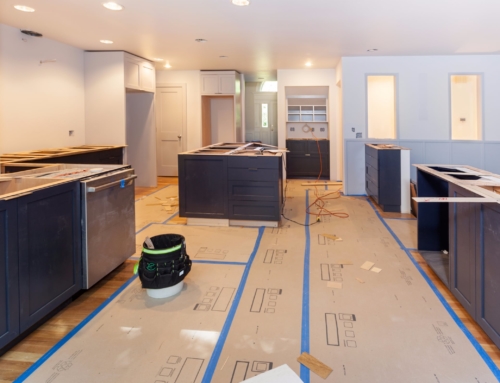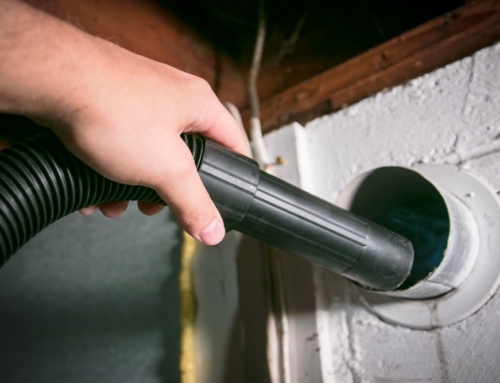Elon Musk has created reusable rockets and award-winning electric cars. Now he wants to help you power your home with a battery.
In May, Musk’s company Tesla introduced the PowerWall, a massive lithium ion battery you hang on the wall of your house or garage. It comes in two models, 10 kilowatt hours or 7 kilowatt hours, and several colors as well.
The 10-kilowatt-hour model sells for $3,500 and is designed primarily for backup applications. If a storm throws your local power grid offline, for example, this battery will power your home until its charge runs out. Wired magazine estimates this would take about three hours. The 7-kilowatt-hour model can be used for power during outages as well – it just won’t last as long.
The 7-kilowatt-hour model sells for $3,000 and is designed for “load shifting.” That means the battery charges and discharges throughout the day based on the changing load on the electric grid. When demand, and therefore cost, for energy is low, the battery charges up, saving you money. When the demand and price for electricity goes up at peak times, shifting to a PowerWall could help limit your need for pricier power. This can help you save money on your typical electricity bill.
Both of the batteries are also designed to work with a home solar power setup, which can help shift your energy dependence further away from the power grid and add substantially to your monthly energy savings.
Solar setups can cost thousands of additional dollars, however, and the prices for these PowerWall batteries don’t include additional equipment and installation needs, which could also raise costs.
Most analysts seem to agree that the economics of the PowerWall aren’t ideal for consumers yet. Even when paired with solar power systems, they could take the better part of 10 years to pay for themselves (the length of the warranties for each battery), although this depends entirely on the cost of power in individual areas.
Many factors will determine whether this is a good option to help you power your home, so stay open to the possibility, but crunch the numbers before you decide.
[amazon_link asins=’B072BTCMP6,0061944874,0812925319,0609809334′ template=’ProductCarousel’ store=’thinkglink-20′ marketplace=’US’ link_id=’ccf348b9-db97-11e7-90e5-456f31600af5′]






Leave A Comment